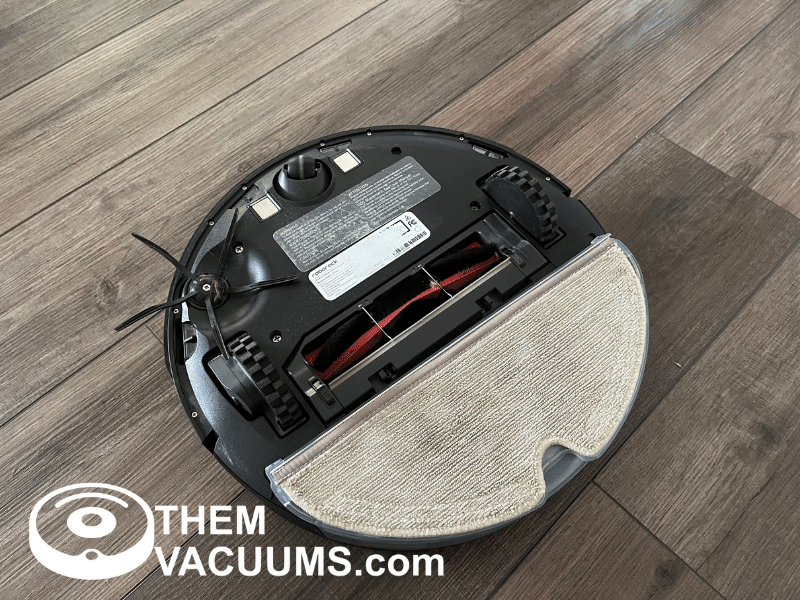Robot vacuums have had their time in the spotlight, but let me tell you, robot mops are making their mark too, and they’re just as fascinating! Some of the latest robot vacuums even come with mopping attachments, showing how seamlessly these technologies are blending.
If your home boasts hardwood, tile, or any hard flooring, a robot mop can feel like a futuristic gift. The convenience is hard to beat.
As these gizmos gain popularity, you’re bound to have a bunch of questions. Will they gracefully avoid carpets and rugs? What happens if they decide to mop over your favorite rug mid-clean? Join me in this exploration, and we’ll uncover the answers to these intriguing questions and more. It’s a robot mop revolution!
Avoiding Carpets And Rugs
Most robot mops will avoid carpets and rugs when they detect it.
Other models have the option of a no-mop zone in the app that the user can set. My everyday Roborock S5 has a vacuum and a mop attachment, and I can set no-mop zones in the app, and it listens. The Roborock S7 can even detect the carpeted areas and will turn the water off when it goes on top of it.
Carpets & Rugs Will Be Fine
In my time with a robot mop, one of the initial concerns I had was about it veering off-course onto the carpeted areas. But honestly, from what I’ve experienced, if your robot mop takes a little detour over a carpeted patch, it’s generally not the end of the world for most carpets.
Of course, continuously exposing carpets and rugs to moisture isn’t ideal. However, a single stray moment of the robot mop on the carpet doesn’t spell disaster. These mops aren’t gushing water. In fact, many times, you might find that you can’t even detect the dampness it leaves behind on a rug or carpet.
One of the aspects of robot mops that’s always comforted me is their minimalistic approach to cleaning. Most only use plain tap water, sidestepping the need for chemicals which can potentially clog the drip nozzles. But remember, a robot mop, in my view, acts more as a maintenance cleaner in between your thorough mopping sessions.
While these gadgets can offer a surprising amount of cleaning power (I’ve been quite impressed by those with vibrating heads), they’re not there to fully replace traditional methods. Similarly, robot vacuums, as brilliant as they are, aren’t substitutes for your mainstay vacuum cleaner. Think of them as your handy helpers, keeping things tidy in between deeper cleanings.
How Robot Mops Work
The most common type of robot mop is one that has a water tank above a microfiber cleaning cloth.
Water is gravity fed to the microfiber rag, where the rag is dragged on the floor to clean.
You have more complicated robot mops that apply more water and may even move the cleaning pad, but in general, most are basic, especially when combined with a robot vacuum.
The best robot mop is the Braava Jet M6 as it takes it to a whole new level.
How Robot Mops Detect Carpet
A robot mop can detect carpets and rugs by the change in height, like they do when adjusting the floor.
The carpet and rugs sit higher on the floor compared to the hard floor, and when it sees that change, the robot will know it’s entering a carpeted area. Though, I’ve seen large tile confuse the robot mop into thinking it was carpet.
Along with some robot mops having cameras to detect objects in front of it like rugs, many have apps that you can set to no-mop zones.
Robot Mops Worth It?
Robot mops have come a long way, and many of them are doing actual mopping now.
To understand what I’m talking about, this YouTuber does a fantastic job explaining it.
So, yes, robot mops are worth it now, as long as you buy a good one and have enough hard floors.
